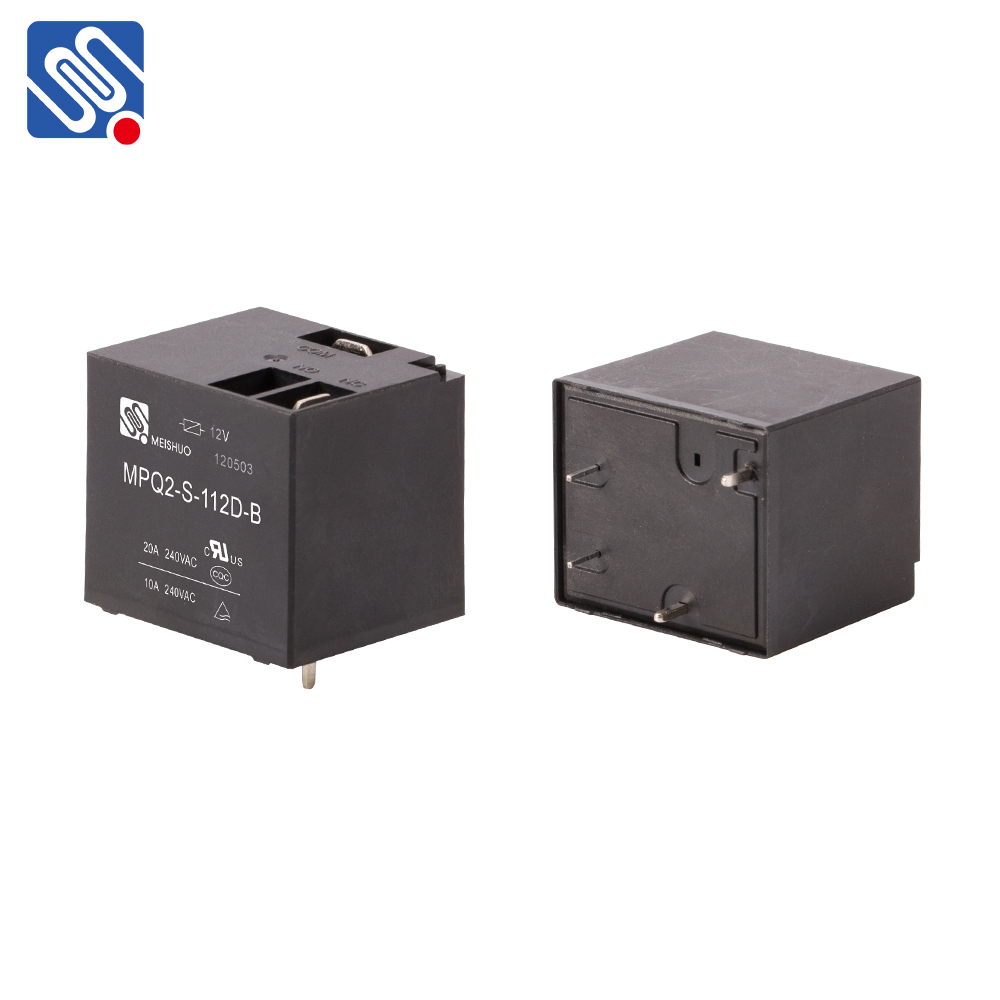A 12V 30A relay is a crucial electronic component used in many applications where switching of high-power electrical circuits is required. This relay combines the versatility of a 12V control voltage with the capacity to handle up to 30A of current, making it ideal for use in automotive, industrial, and other high-power systems. In this article, we will explore what a 12V 30A relay is, how it works, its typical applications, and why it is essential in modern electrical systems.

What is a 12V 30A Relay? At its core, a relay is an electrically operated switch. It consists of a coil, contacts, and a spring mechanism. The coil, when energized with a control voltage, creates a magnetic field that pulls or pushes a set of contacts to either complete or break an electrical circuit. A 12V 30A relay is designed to be triggered by a 12V DC signal, and it is rated to handle electrical currents up to 30A on the switch side of the relay. The relay is often used as an intermediary between low-power control circuits and high-power systems. It allows for the switching of large loads, such as motors, lights, and other devices that require more current than what the control system (typically microcontrollers or control panels) can safely handle.